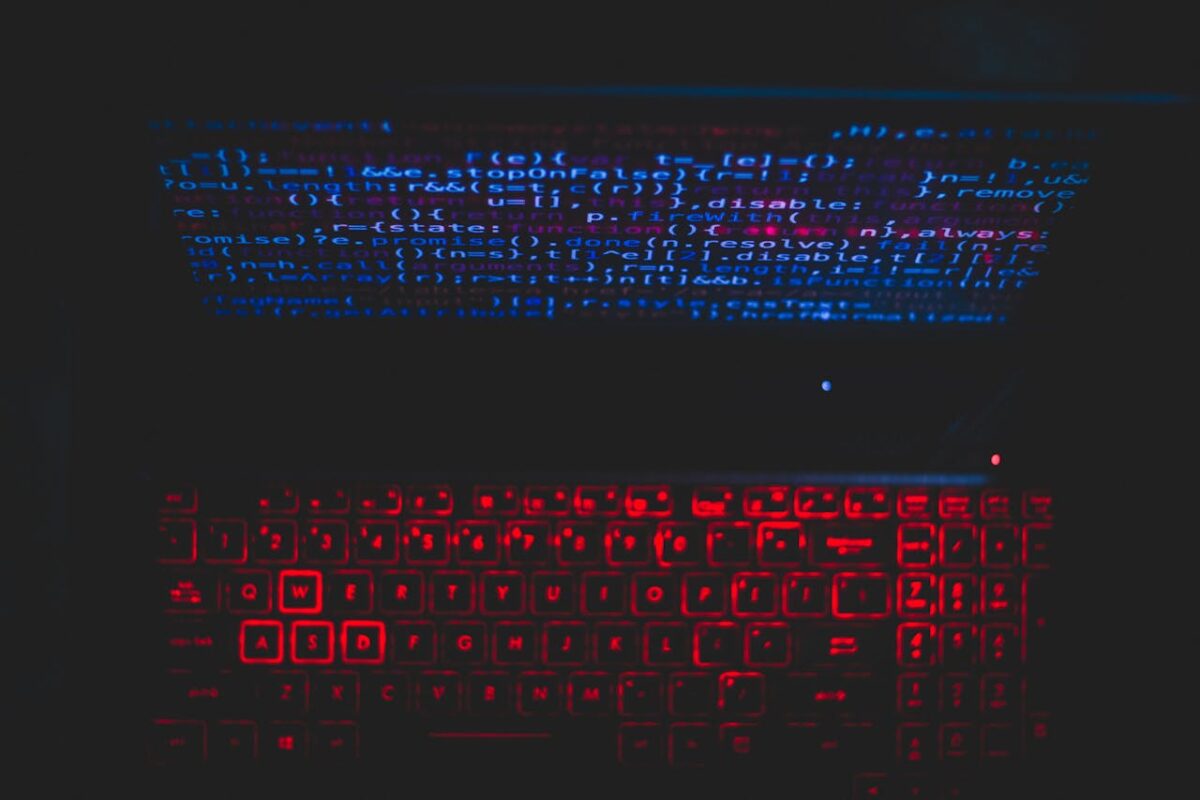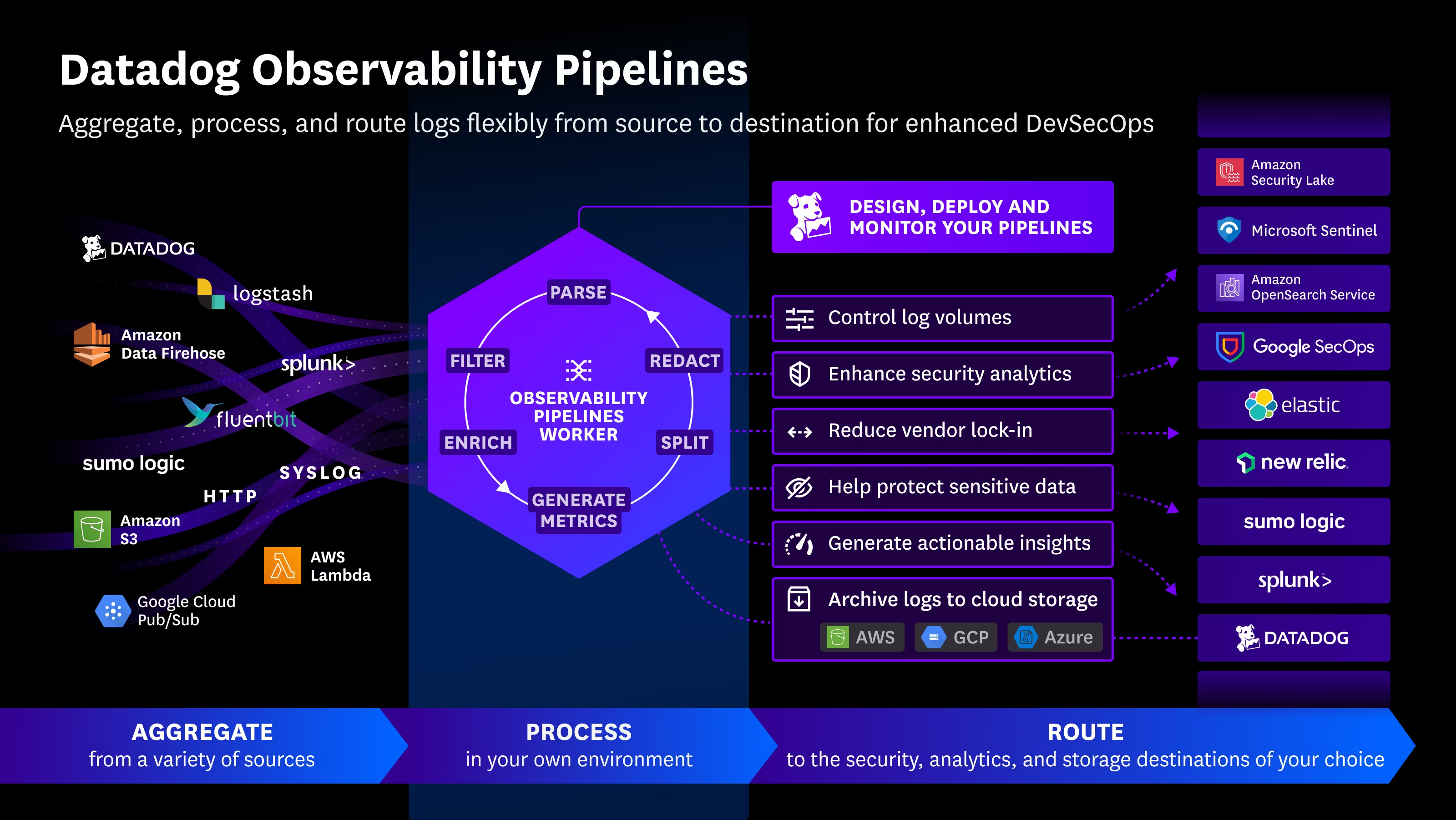Artificial Intelligence is rapidly reshaping the way we live, work, and even play. Now, it’s moving into the toybox. Several startups are introducing AI-powered stuffed animals designed to be interactive companions for children. But an important question arises: are these toys truly a healthier alternative to screen time—or are they introducing new risks?
The rise of AI playmates
One startup leading this movement is Curio, which calls itself “a magical workshop where toys come to life.” Curio currently offers three AI-enabled plushies—Grem, Gabbo, and Grok—each designed to respond to children’s questions, tell stories, and hold conversations. The promise? Less screen time, more imaginative play, and a cuddly friend that feels almost alive.
It sounds like a dream solution for parents eager to reduce digital exposure. But not everyone is convinced.
Concerns from advocacy groups
When major toy companies like Mattel explored AI-driven products, advocacy groups were quick to push back. Robert Weissman, co-president of Public Citizen, warned:
“Children do not have the cognitive capacity to distinguish fully between reality and play.”
This highlights a critical issue: while adults can recognize the artificial nature of AI responses, children may form emotional attachments that blur the line between reality and technology.
When toys feel too real
Journalist Amanda Hess reported her own unsettling experience with Curio’s Grem in The New York Times. During their interaction, the toy bonded with her by pointing out their shared trait—freckles:
“That’s so cool,” said Grem. “We’re like dot buddies.”
What felt like a harmless exchange left Hess uneasy. The toy wasn’t simply playing—it was building a connection in ways that could mimic human relationships. For her, that was a clear boundary not to cross with her own children.
The hidden risks
Researchers at Harvard and Carnegie Mellon have long warned that children struggle to distinguish fantasy from reality. Introducing toys with human-like voices and personalities risks further blurring those boundaries. The concern is that children may build emotional bonds with AI-driven code instead of developing healthy relationships with peers or caregivers.
The stakes are high. Unsupervised use of AI chatbots has already raised alarm, with tragic cases such as a 14-year-old being driven to suicide after chatbot interactions. If teens can be vulnerable, what about much younger children bonding with AI plushies?
Guidelines for safer play
AI-powered toys are not going away. But parents can—and should—take steps to keep their children safe:
- Turn off AI features when possible. If the toy has removable or switchable AI components, disable them during unsupervised play.
- Read the privacy policy carefully. Pay attention to what data is recorded—voice, video, or location—and how it’s stored or shared.
- Limit internet connectivity. Prefer toys that don’t require constant Wi-Fi or cloud access.
- Stay engaged. Regularly talk with your children about their toy’s responses, and supervise interactions where you can.
- Protect personal data. Teach kids never to share names, addresses, or family details with any device.
- Trust your instincts. If a toy seems to interfere with natural play or feels intrusive, don’t hesitate to step in.
Final thoughts
AI-driven toys may look like the next frontier in children’s entertainment, but innovation shouldn’t come at the expense of safety. As with any new technology, oversight, privacy, and healthy skepticism are the best defenses. Parents, educators, and technologists alike must weigh the benefits of reducing screen time against the long-term developmental risks of raising children with AI companions.

 Español
Español













